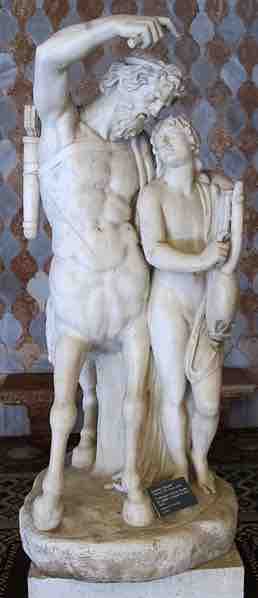The classical revival, also known as Neoclassicism, refers to movements in the arts that draw inspiration from the "classical" art and culture of ancient Greece and Rome. The height of Neoclassicism coincided with the 18th century Enlightenment era, and continued into the early 19th century. The dominant styles during the 18th century were Baroque and Rococo. The latter, with its emphasis on asymmetry, bright colors, and ornamentation is typically considered to be the direct opposite of the Neoclassical style, which is based on order, symmetry and simplicity. With the increasing popularity of the Grand Tour, it became fashionable to collect antiquities as souvenirs. This tradition of collecting laid the foundations for many great art collections and spread the classical revival throughout Europe and America.
Neoclassicism grew to encompass all of the arts, including painting, sculpture, the decorative arts, theatre, literature, music and architecture. The style can generally be identified by its use of straight lines, minimal use of color, simplicity of form and, of course, its adherence to classical values and techniques.
In music, the period saw the rise of classical music and in painting, the works of Jaques-Louis David became synonymous with the classical revival. However, Neoclassicism was felt most strongly in architecture, sculpture and the decorative arts, where classical models in the same medium were fairly numerous and accessible. Sculpture in particular, had a great wealth of ancient models from which to learn, however, most were Roman copies of Greek originals .

Rinaldo Rinaldi, Chirone Insegna Ad Achille a Suonare La Cetra
Executed in a classical style and adhering to classical themes, this sculpture is a typical example of the Neoclassical style.
Neoclassical architecture was modelled after the classical style and, as with other art forms, was in many ways a reaction against the exuberant Rococo style. The architecture of the Italian architect Andrea Palladio became very popular in the mid 18th century. Additionally, archaeological ruins found in Pompeii and Herculaneum informed many of the stylistic values of Neoclassical interior design based on the ancient Roman rediscoveries.
Villa Godi Valmarana, Lonedo di Lugo, Veneto, Italy
Villa Godi was one of the first works by Palladio. Its austere facade, arched doorways and minimal symmetry reflect his adherence to classical stylistic values.